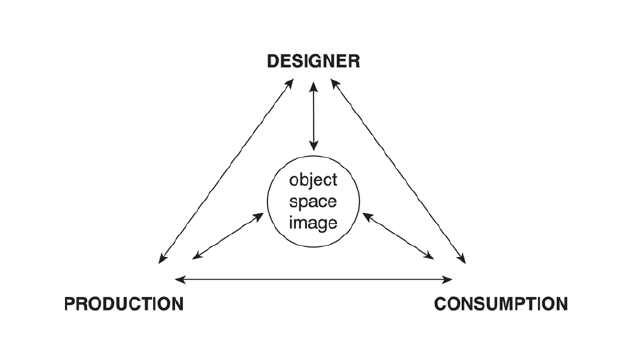The Autonomy of Graphic Design Studio from a Relational Perspective
DOI:
https://doi.org/10.46516/inmaterial.v8.165Keywords:
graphic design, design studio, interdependence, autonomy, authorshipAbstract
The design studio is regarded as the most common professional practice and more representative of the graphic design discipline. The focus of this research is the way graphic design is practised in studios: a commercial service with specific roles, functions, and methods, as well as a way of understanding the project and the designer's role.
This article analyzes the operation of the studio by examining the internal and external relationships of the project. Bryant's (2014) machine concept allows us to analyze the studio's way of operating by putting human, technological, and methodological components on the same plane. By observing the interdependencies of the studio, the project can be visualized as a complex network of relationships where design interacts with the economic, social, and cultural context. Understanding the project as a process of relationships alters some concepts of the studio culture: authorship dissolves, timelines extend, the boundaries between project and context blur, and there is no distinction between ideas and form.
In the second part, I apply Escobar's concepts of autonomy (Escobar, 2017) and autopoiesis (Maturana and Varela, 1972) to analyze the designer's ability to regulate relationships with other actors in the project. Escobar defines autonomy as the ability to relate to the environment on your own terms. Applying this definition to the studio model, we can diagnose some of its relational limitations.
Downloads

Published
How to Cite
Issue
Section
License
Copyright (c) 2023 Pau de Riba

This work is licensed under a Creative Commons Attribution-ShareAlike 4.0 International License.






